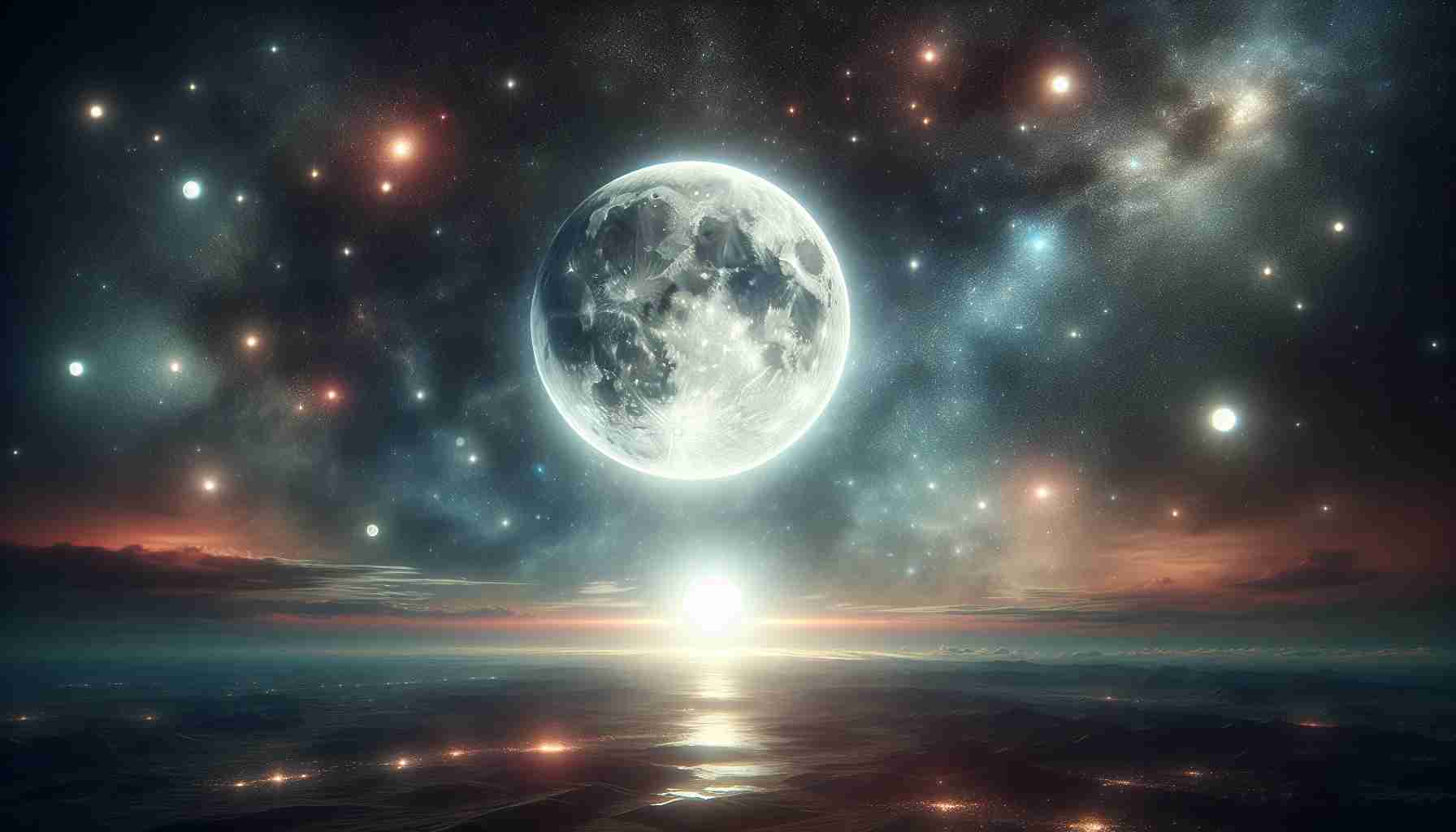
On the evening of Thursday, October 17, 2024, stargazers in the UK are gearing up for an extraordinary sight as the year’s largest supermoon graces the sky. Known as the Hunter’s Moon, this full moon marks the third of four supermoons observed this year. Its remarkable proximity to Earth will enhance its appearance, making it approximately 14% larger and 30% brighter than typical full moons.
This breathtaking celestial display is expected to become visible shortly after sunset, with its luminosity increasing throughout the night. An expert in astronomy from Nottingham Trent University emphasized the significance of this particular moon, noting that it is located about 76 kilometers closer to Earth compared to last month.
The phenomenon known as “moon illusion” will also be in effect, where the moon appears more massive when seen near the horizon alongside familiar landmarks, creating a striking visual impact. The term “supermoon,” which became popularized in 1979, refers to new or full moons occurring when the moon is within 90% of its closest distance to Earth.
Weather forecasts indicate that the majority of the UK will have favorable conditions for viewing the supermoon. While western Scotland may experience some cloud cover, the overall expectations suggest most observers will enjoy a clear night, with the occasional fog patch forming into the early hours, potentially enhancing the experience of this magnificent lunar spectacle.
Celestial Spectacle: October’s Largest Supermoon Awaits
The upcoming Hunter’s Moon on October 17, 2024, promises to be a spectacular event for skywatchers globally, showcasing the moon at its largest and brightest. While the previous article touches upon many notable aspects of this celestial event, there are additional facts and insights that can enhance our understanding of this extraordinary night in the skies.
What makes this supermoon different from others?
One of the unique features of this particular supermoon is its timing. October’s Hunter’s Moon traditionally follows the Harvest Moon, which falls in September. This year, the timing coincides with a series of astronomical events, including a partial lunar eclipse visible in some regions on the same day. Such a convergence of celestial phenomena is rare, providing a fantastic opportunity for enthusiasts and photographers alike.
Key Challenges and Controversies
Despite the excitement, there are challenges associated with observing supermoons. One of the primary concerns is urban light pollution, which can significantly hinder visibility. In cities with high levels of artificial light, the moon’s splendor can be obscured, leaving smaller communities with a better vantage point. Moreover, there is an ongoing debate among astronomers about the terminology associated with supermoons. Some advocate for a more scientific definition, suggesting the term should only apply to moons at their closest distances, while others maintain that its popular usage should remain broad.
Advantages and Disadvantages of Supermoons
The advantages of observing supermoons extend beyond mere aesthetics. These moments provide opportunities to engage the public with astronomy, inspiring interest in science and nature. Educational programs and events often coincide with these occasions, fostering a sense of community and shared experience. However, the disadvantages include the potential for disappointment when clouds obscure the view or for those who overhype the event, leading to criticism when the moon does not meet expectations.
Best Viewing Practices
To maximize the viewing experience of the Hunter’s Moon, it’s advisable to find locations with minimal light pollution, such as parks or rural areas. Bringing binoculars or a telescope can enhance the experience, allowing observers to see features on the moon’s surface. Photographers might also benefit from planning shots that incorporate the landscape, as the “moon illusion” effect can yield breathtaking images.
For those wondering about the timing of the moon’s ascent, it will rise approximately at dusk, around 6:30 PM local time in the UK, making it easier for observers to witness the transformation as the moon climbs higher into the sky.
Conclusion
The Hunter’s Moon of October 2024 is more than just a gorgeous sight; it serves as a reminder of the beauty and complexity of our celestial neighbors. As we prepare to witness this awe-inspiring event, it’s crucial to appreciate both the scientific context and the cultural significance of supermoons. By understanding the nuances of these phenomena, we can deepen our appreciation for the wonders of the universe.
For more resources on lunar events and astronomy, visit NASA for expert insights and skywatching tips.



